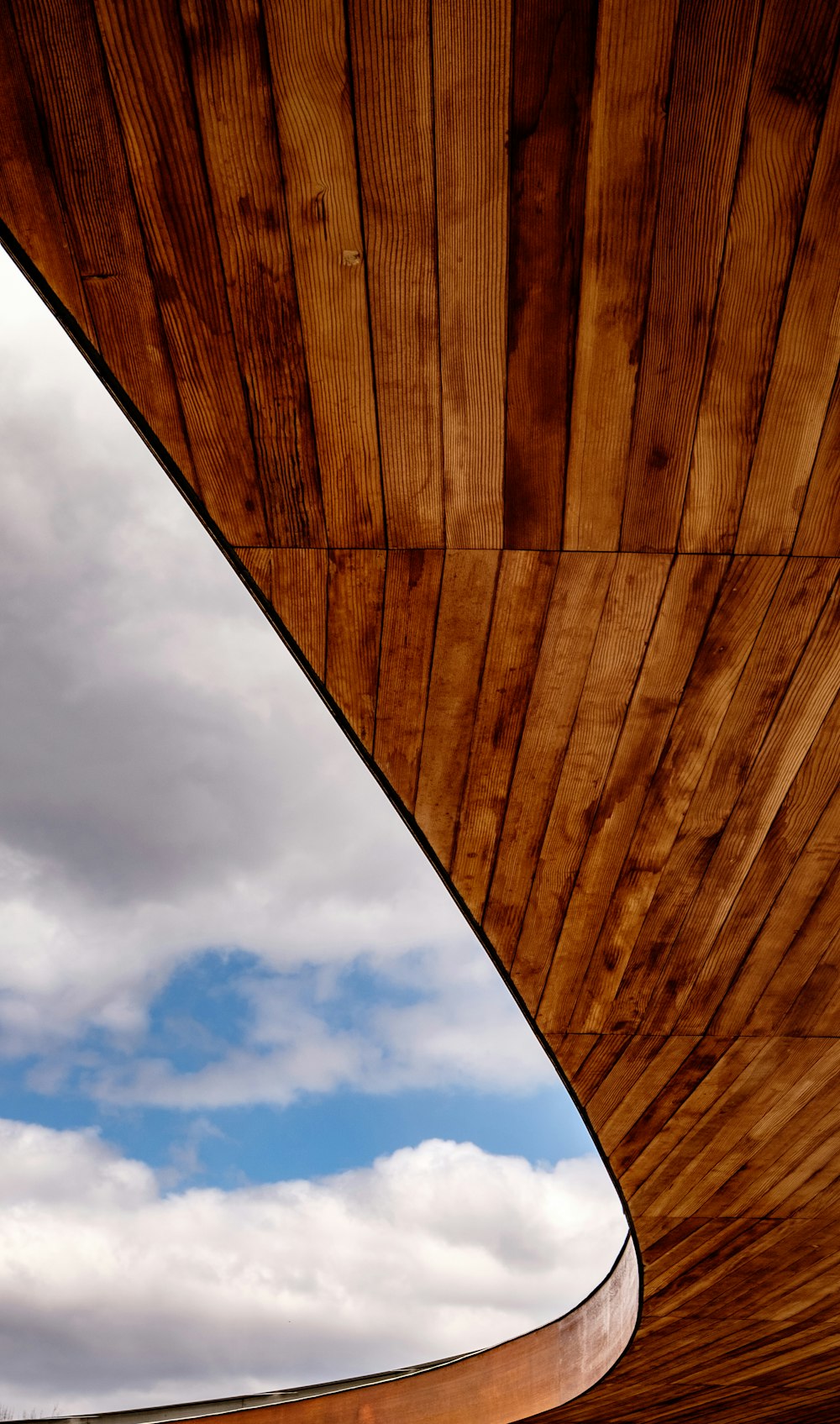As far back as homes have been built, the roof has been the most important element in providing shelter and protection from the elements. Roofs can often be overlooked when evaluating a home, but with the advent of new technologies, it is important to consider the bigger role that roofs can play in the value of a home and its carbon footprint. Below are the details on some of the most common ways these factors coincide.
Roof Materials
Tiled roofs are common across the country and have been the go-to for many cultures, countries, and architects across the globe. The most common roof construction materials include asphalt, cement, tile, wood, composite, slate rock, and metal. New technology is emerging such as cross laminated timber roofs and solar powered shingles. The former can be used as a carbon sink while the latter can reduce the emissions by creating emissions-free electricity on site while still looking like a traditional shingled roof. For these reasons, these two roof types can be a great investment as well as an alternative to the traditional environmentally unfriendly materials such as cement, asphalt, and certain composites. One issue with wood singles is they can need more maintenance, however many homeowners opt for them given the look, cost, simplicity, and lack of toxicity.
Green Roofs
Green roofs have been popular for thousands of years across the globe, but especially in the nordic countries where earth buildings were covered in sod. Green roofs add an aesthetic flair to any building—they create micro ecosystems, store rainwater, insulate houses well, and are a great option all around. The buildings they are on top of must be structurally sound enough to carry the load of the dirt required to have a year round green roof as well as the weight of the rain that can soak into it. This is a great option for ADUs or smaller spaces where the weight of the roof is distributed more evenly over a less spacious area. When designed right, nothing looks as beautiful or natural as a green roof building.
Solar Roofs
Solar installations on roofs boost home values, reduce energy bills, and reduce the load on the electrical grid which can often be primarily powered by fossil fuels. According to Zillow, homes with solar panel systems sell for 4.1% more than they otherwise would. This is variable given the different types of systems and whether or not it is grid connected. Completely off-grid systems with batteries help drastically reduce, if not completely eliminate, the energy bill. This is the biggest investment that can be made on a roof aside from custom slate tiles, but it has the most concrete impact on selling price, operating costs, and carbon emissions.
If you are looking to add solar to your roof, it is worth looking into the different resources there are to support homeowners making this switch. Helpful sources of information include Go Solar CA, The Database of State Incentives for Renewable Energy and Efficiency (DSIRE), and The Solar Energy Industries Association (SEIA). Some of the technology that is most advanced as well as most incorporated are the Sunpower solar systems that include a power wall of storage. There are also several solar shingle companies that disguise the solar cells into ordinary looking shingles. Learn more here and here about this option today if a more traditional looking roof is preferred.
Rainwater Catchment Roofs
Rainwater catchment roofs are often done with metal roofs that are more flat and less textured. Not everyone is a fan of the style, however it is the most effective way to gather rain in a dry area and is passive once set up. The disadvantages of metal roofs are the thermal conductivity and style, but roofs like these are purpose-built and perform well in their functions. They can help eliminate water bills and all the carbon used to transport the water to your house.
Wind Turbines
Although not as popular, there are wind turbines that can be installed on roofs to provide backup to traditional solar powered systems or as stand alone systems that offer all of the benefits of solar but during rough weather conditions. Offsetting solar with mini wind turbines on the roof can provide off-grid energy for a range of weather conditions. Wind turbines lower energy bills, reduce grid reliance, boost self sufficiency, and reduce carbon emissions. Blackouts can be planned for when backup energy storage systems are in place alongside these systems. Proper integration into existing roof infrastructure is key as these systems are put through high loads and must be reinforced to not cause damage, but when done right they add another layer of self sufficiency that home buyers appreciate.
No matter from what angle, roofs are an integral part of our homes and an amazing opportunity for investing in clean, green, and environmentally-friendly solutions. If you’re wondering what the best solutions for your home may be or seeking a home with one of these roof solutions, drop us a line. We’re here to help!
« Back to Blog Posts


